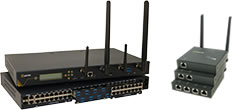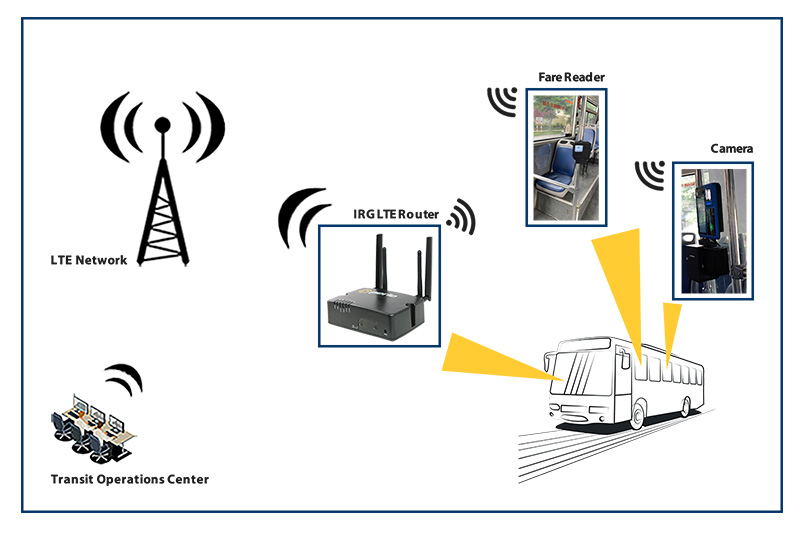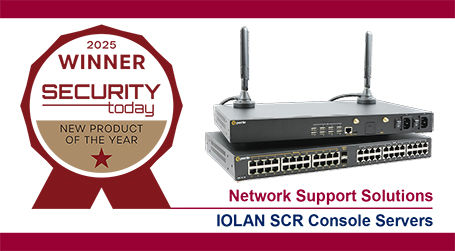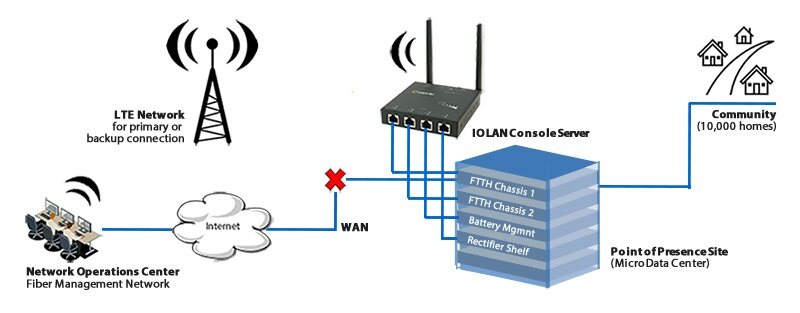
Why Out-of-Band Management Is Essential in the AI-Native Data Center Era
By Keith MartinRegional Sales Manager
October 13, 2025
The exponential growth of AI workloads, from training massive language models to powering real-time inference at the edge, is driving an unprecedented expansion and evolution of data center infrastructure. With intelligent agents, real-time automation, and predictive operations, AI-native networking is designed to detect and fix problems automatically, reducing the need for manual intervention and speeding up decision-making. But amid the rise of smart, self-managing networks, Out-of-Band Management (OOBM) remains a critical safeguard for secure, human-controlled access when automation fails or connectivity breaks down.
The AI Boom and Data Center Complexity
According to Goldman Sachs, global power demand from data centers is projected to rise by 165% by 20301. This surge, mainly driven by AI workloads, introduces new challenges in scalability, reliability, and operational control. While AI-native systems offer automation and agility, they also increase the risk of misconfigurations, software bugs, and security vulnerabilities.
That is where OOB management becomes a strategic enabler for modern infrastructure.
Why OOB Still Matters in an AI-Driven World
1. Failsafe for AI Automation
AI agents are powerful, but not infallible. When automation misfires or the primary network fails, OOBM provides a secure, isolated access path to recover and reconfigure devices. This is the best way to keep systems running without interruption.
2. Human Oversight and Control
Even in autonomous environments, human intervention is critical. OOBM allows engineers to override automated actions, conduct safe testing, and maintain governance during live updates or policy changes.
3. Security and Incident Response
In AI-native networks, security is embedded into the infrastructure. However, during active threats or breaches, OOB offers a redundant control plane for containment and recovery, even if the in-band network is compromised.
Managing Hybrid, Distributed, and Legacy Infrastructure
AI workloads are increasingly deployed across cloud, edge, and on-prem environments. Many sectors, including manufacturing, retail, and utilities, still rely on legacy systems and operational technology (OT). OOBM bridges these diverse environments by enabling:
- Remote access to edge sites without local IT staff
- Unified control across AI-native, legacy, and OT systems
- Secure management of geographically dispersed infrastructure
This approach helps IT teams monitor and manage all devices, whether they are legacy systems in remote locations or newer AI-enabled nodes.
Automation, Redundancy, and DevOps Integration
Modern AI environments are dynamic, with virtual machines, containers, and microservices constantly spinning up and down. Manual configuration doesn’t scale. OOBM solutions that integrate with DevOps pipelines and orchestration tools enable:
- Automated provisioning and remediation
- Scriptable diagnostics and recovery workflows
- Infrastructure-as-code compatibility
The Future Is Hybrid
While AI adds intelligence to the network, OOBM adds the reliability and control needed to keep everything running smoothly, especially when things go wrong. It’s not just a backup plan; it’s a critical component of any robust infrastructure strategy.
By combining robust hardware like Perle’s IOLAN SCR Console Servers with centralized platforms like PerleVIEW, organizations can build data centers that are intelligent, resilient, secure, and future-ready.
1 Goldman Sachs. AI to Drive 165% Increase in Data Center Power Demand by 2030. February 4, 2025. Web. September 16, 2025


